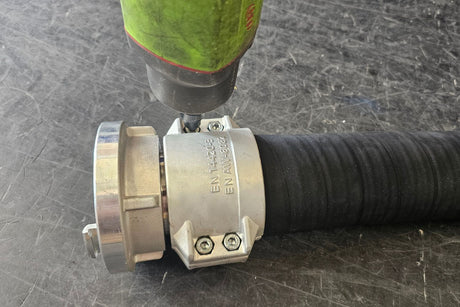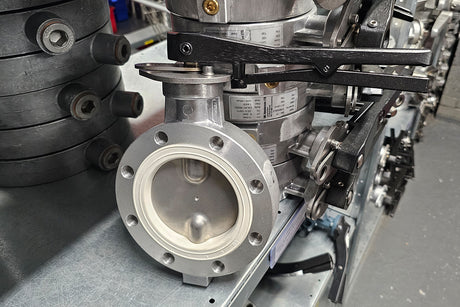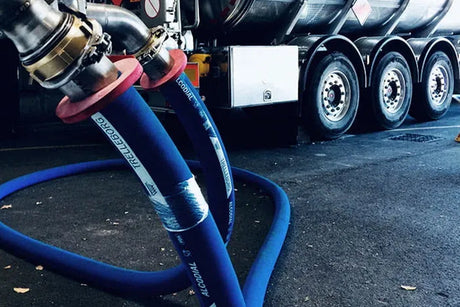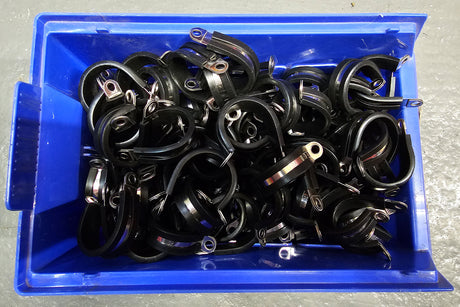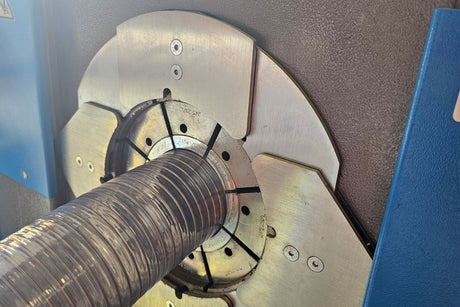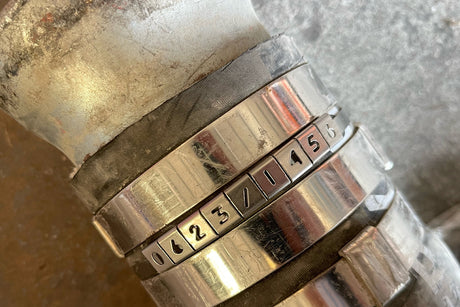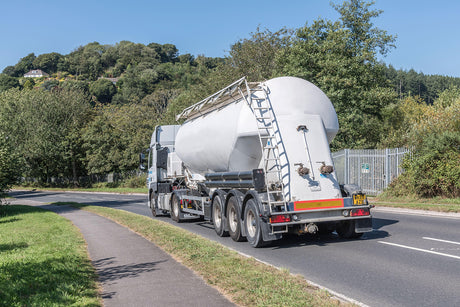In the labyrinth of pipes, hoses, and tanks that characterize industrial landscapes, tanker couplings often go unnoticed. Yet, they play an incredibly significant role in facilitating the secure and efficient transfer of fluids and gases. Whether in chemical plants, oil refineries, or food processing facilities, tanker couplings are indispensable components that bridge the gap between hoses or between a hose and a storage tank. In this in-depth guide, we will explore the functions, types, and critical importance of tanker couplings.
What are Tanker Couplings?
Simply put, a tanker coupling is a device used to connect two sections of a hose or a hose to a tap or hose appliance, like a sprinkler. In the context of industrial tankers, these couplings are specially designed to handle a wide variety of materials, from volatile chemicals to edible liquids. They are robust, highly versatile, and engineered to provide secure, leak-proof connections.
Functions of Tanker Couplings
- Safety Assurance: The primary role of tanker couplings is to ensure safety by providing a tight, secure connection that minimizes risks of leaks, spills, and the consequent environmental or health hazards.
- Operational Efficiency: Time is money, and tanker couplings contribute to saving both. They facilitate quick and easy connections, speeding up the process of loading and unloading materials, which in turn increases overall operational efficiency.
- Versatility: Tanker couplings are designed to handle a broad spectrum of materials, making them versatile tools in different industrial scenarios. Their adaptability can be enhanced further by choosing materials and types that best suit specific applications.
Types of Tanker Couplings and Their Applications
Cam and Groove Couplings
- Usage: Predominantly used for transferring liquids and dry bulk materials.
- Features: Cam and groove couplings are straightforward to use, featuring a simple "plug and socket" mechanism and locking arms to ensure a secure connection.
Dry Disconnect Couplings
- Usage: Mostly used for hazardous or corrosive materials.
- Features: These are self-sealing couplings that close off automatically upon disconnection, reducing the risk of spillage.
TW Couplings (Tank Wagon)
- Usage: Widely utilized in the oil and petrochemical industry.
- Features: TW couplings have a screw-together mechanism and often come with additional safety features like secure locking arms.
Guillemin Couplings
- Usage: Common in European countries for transferring liquid or dry bulk products.
- Features: These couplings use a symmetrical half coupling system, secured by a locking ring.
Why Are Tanker Couplings So Important?
- Risk Mitigation: In an industrial setting, the stakes are high. A minor leak can escalate into a major incident involving contamination, health hazards, and legal consequences. Tanker couplings act as the first line of defense against such incidents.
- Cost-Efficiency: By reducing the time required for coupling and decoupling hoses, these devices make operations more efficient. Less time spent on these tasks translates to lower labor costs and higher productivity.
- Regulatory Compliance: Many industries have stringent regulations concerning the transportation and handling of materials. Using high-quality tanker couplings that meet industry standards is often a requirement for regulatory compliance.
- Environmental Protection: By preventing leaks and spills, tanker couplings also serve an environmental conservation role, a factor increasingly critical in today's eco-conscious world.
Best Practices in Using Tanker Couplings
- Regular Inspections: Wear and tear are inevitable. Regular checks can help you spot defects early, preventing potential disasters.
- Proper Installation and Training: An improperly installed coupling is a recipe for disaster. Ensure that all personnel involved are adequately trained.
- Right Material for the Right Job: Different coupling materials are suited for different substances. For instance, stainless steel is preferable for corrosive chemicals, while brass may be adequate for less corrosive materials.
- Follow Manufacturer’s Guidelines: Always adhere to the guidelines and specifications provided by the manufacturer to ensure the long-lasting and safe operation of your tanker couplings.
Conclusion
While they might seem like small, insignificant components, tanker couplings hold a place of vital importance in industrial operations. From ensuring worker safety to maintaining operational efficiency, these couplings serve multiple crucial roles that cannot be overlooked. Understanding the various types of tanker couplings and their specific applications can help in selecting the right coupling for the job, contributing to a safer, more efficient working environment. So, the next time you are dealing with industrial hoses or tankers, take a moment to appreciate the critical function performed by these unsung heroes—tanker couplings.


